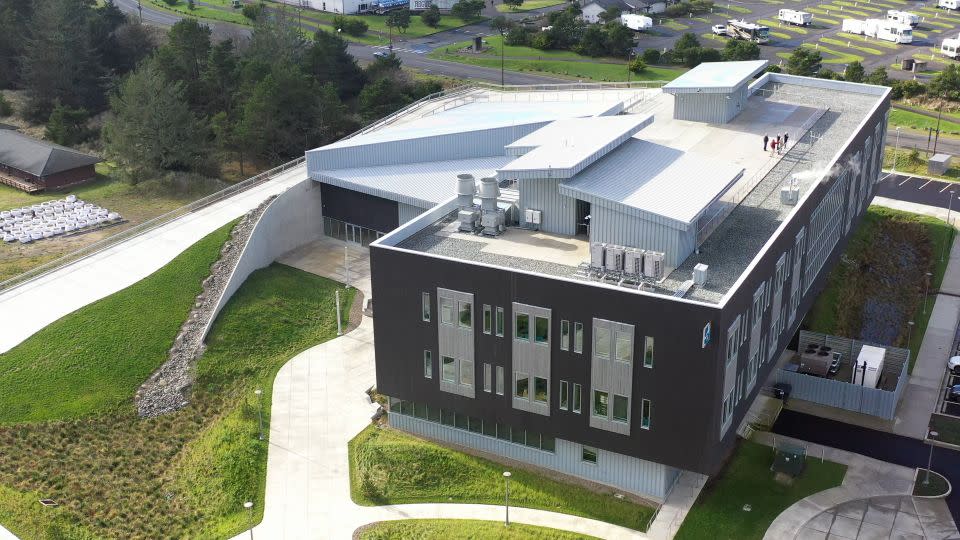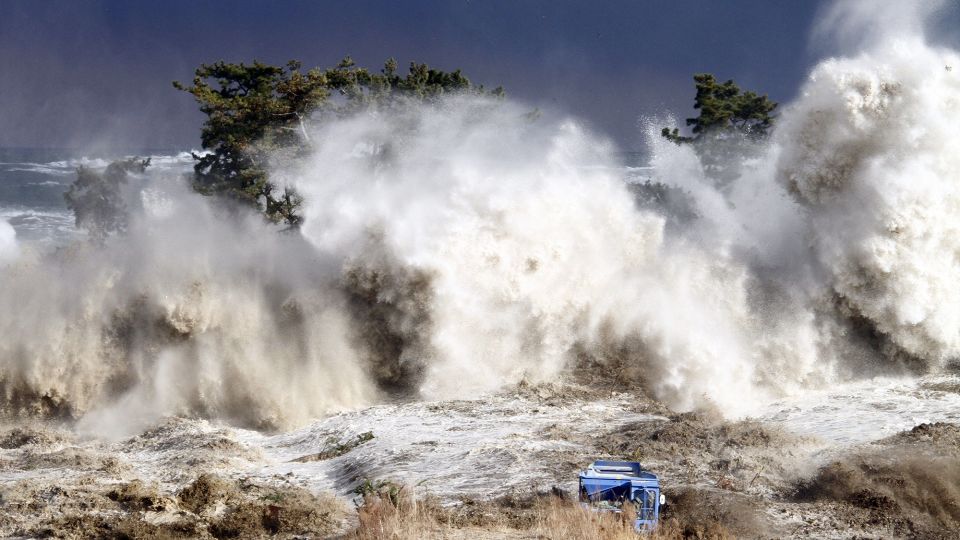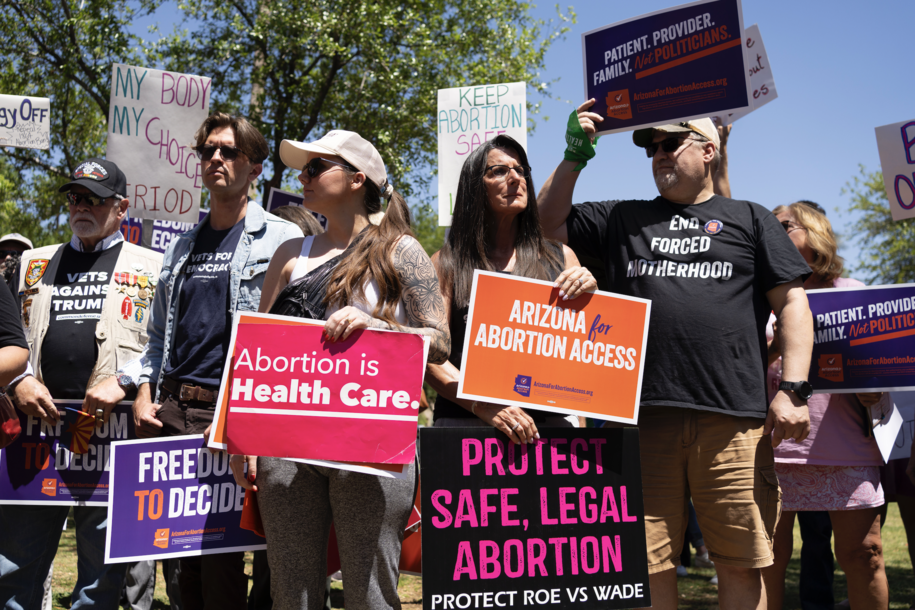Editor’s Note: The CNN Original Series “Violent Earth with Liev Schreiber” explores the harrowing weather events, from hurricanes and tornadoes to wildfires, that are increasingly frequent in our changing climate. It airs on Sunday at 9pm ET/PT.
A catastrophic earthquake and tsunami are inevitable for the coast of the Pacific Northwest, scientists say. Planning for that means imagining a disaster unlike anything that’s ever hit the modern United States.
“30 or 40 years ago, we didn’t even know that big earthquakes were possible in the Pacific Northwest,” said Diego Melgar, a seismologist at the University of Oregon.
Scientists now know the 700-mile fault called the Cascadia Subduction Zone, 100 miles off the coast of Northern California stretching north to Vancouver Island, could trigger a 9.0 magnitude earthquake followed by a tsunami, which is exactly what happened in Japan 2011.
New in-depth imagery of the fault was recently reported in “Science Advances.” Scientists say it confirmed the subduction zone is cut into 3 to 5 segments, each with its own unique geology. When the segment of the fault off Washington’s coast ruptures, it has the greatest potential of triggering a devastating earthquake.
No one is ready for this.
Nothing built prior to 2005 was designed to withstand the long, strong earthquake Cascadia will produce, according to Corina Allen , the chief hazards geologist at the Washington Geological Survey. And tsunami building codes only went into effect in 2016.
“We have bridges, buildings, hospitals, schools, all of this infrastructure that is located in places where a tsunami could go,” Allen said. Can these facilities survive an earthquake and tsunami that will follow? “The answer is no.”
“What keeps me up at night is that I know that we’re not taking the steps that we need to, as fast as we should be, to protect our people,” said Yumei Wang, a senior adviser of infrastructure and risk at Portland State University.
Brick and masonry buildings are the most vulnerable in earthquakes. And Wang says wood frame buildings are particularly vulnerable to tsunami forces. “You can just imagine water pushing over a typical house,” she adds.
The geological record of the region indicates on average, these mega earthquake and tsunami events happen every 500 years. There is no way to predict when one will happen next, but it’s expected to happen again within the next 200 years – or less
It will be a long process and cost billions of dollars to retrofit existing communities, Allen said. Melgar believes the effort is well worth it. “My children might not see dividends, my grandchildren might not see dividends. We’re playing a really long game if we’re doing it right.”.
For those who live and vacation along the coastal Pacific Northwest, surviving a tsunami that comes 15 to 30 minutes after an earthquake depends on how quickly they can reach high ground. But there may be no safe place to go.
“In Washington, most people who actually live in the tsunami inundation zone don’t have any high ground nearby,” Allen said.
In that case, vertical evacuation structures built within the tsunami zone are vital. These structures helped save thousands of lives in the 2011 tsunami in Japan.

Only three have been built in the Pacific Northwest, and four more are planned. But Allen estimates that 50 are needed in Washington alone. Each of the three existing structures could hold 400 to 1,000 people, reach up to 76 feet tall and vary in cost. The most expensive, at $62 million, is the Marine Sciences Center in Oregon, Wang said.

“The foundation is deeper than the building is tall, like an iceberg. And the structure itself is a little bit like a car bumper, so that very heavy, big debris can hit it.”
“We know enough about building codes. We know enough about early warning. We know enough about tsunami evacuation zones that it need not be that bad,” says Melgar.
What is less clear is whether people are willing to invest billions of dollars to prepare for something that may not happen for 200 years. “It’s a costly problem to solve,” says Allen. “Maybe we do have more time and we’re able to put the systems in place that we need to survive this event.”
The problem is, nobody knows how much time remains.
For more CNN news and newsletters create an account at CNN.com


